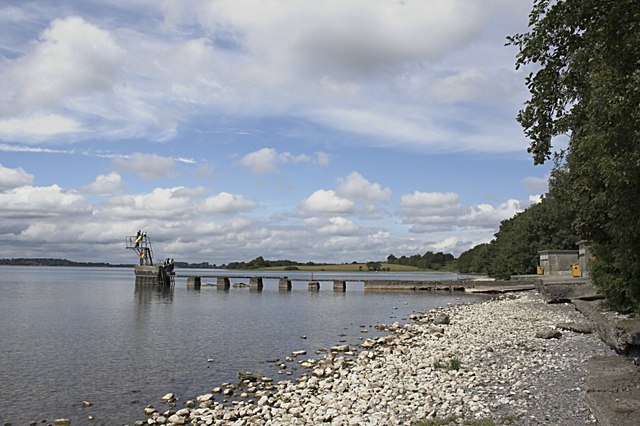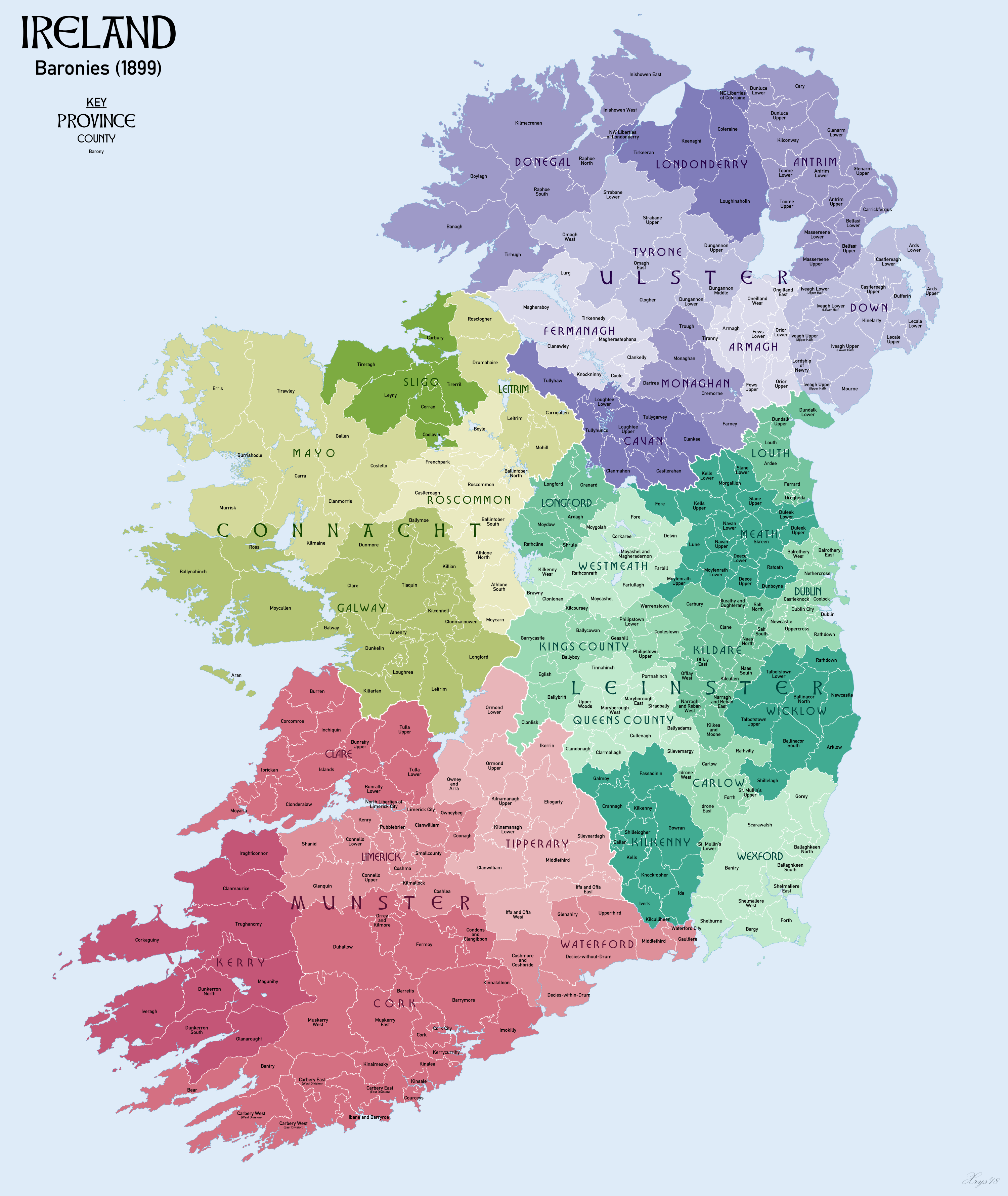|
Rathlevanagh
Rathlevanagh is a townland in County Westmeath, Ireland. It is located about north of Mullingar. Rathlevanagh is one of 8 townlands of the civil parish of Portnashangan in the barony of Corkaree in the Province of Leinster. The townland covers . The neighbouring townlands are: Down and Knightswood to the north, Loughanstown to the east and Portnashangan to the west. In the 1911 census of Ireland The 1911 Census of Ireland was the last census that covered the whole island of Ireland. Censuses were taken at ten-year intervals from 1821 onwards, but the 1921 census was cancelled due to the Irish War of Independence. The original records ... there were 2 houses and 5 inhabitants [...More Info...] [...Related Items...] OR: [Wikipedia] [Google] [Baidu] |
Portnashangan
Portnashangan () is a townland in County Westmeath, Ireland. It is located about north–north–west of Mullingar. Portnashangan is one of 8 townlands of the civil parish of Portnashangan in the barony of Corkaree in the Province of Leinster. The townland covers . About half of the eastern boundary of the townland includes a strip of Scragh Bog approximately 50m wide. The neighbouring townlands are: Ballynafid, Knightswood and Rathlevanagh to the north, Loughanstown to the east and Ballynagall, County Westmeath, and Culleen More to the south. In the 1911 census of Ireland The 1911 Census of Ireland was the last census that covered the whole island of Ireland. Censuses were taken at ten-year intervals from 1821 onwards, but the 1921 census was cancelled due to the Irish War of Independence. The original records ... there were 17 houses and 67 inhabitants [...More Info...] [...Related Items...] OR: [Wikipedia] [Google] [Baidu] |
Loughanstown, Portnashangan
Loughanstown is a townland in County Westmeath, Ireland. It is located about north of Mullingar. Loughanstown is one of 8 townlands of the civil parish of Portnashangan in the barony of Corkaree in the Province of Leinster. The townland covers . The southern boundary of the townland includes the majority of Scragh Bog. The neighbouring townlands are: Down and Rathlevanagh to the north, Garrysallagh to the east, Ballynagall to the south and Portnashangan to the west. In the 1911 census of Ireland The 1911 Census of Ireland was the last census that covered the whole island of Ireland. Censuses were taken at ten-year intervals from 1821 onwards, but the 1921 census was cancelled due to the Irish War of Independence. The original records o ... there were 12 houses and 50 inhabitants [...More Info...] [...Related Items...] OR: [Wikipedia] [Google] [Baidu] |
Knightswood, County Westmeath
Knightswood is a townland in County Westmeath, Ireland. It is located about north–north–west of Mullingar. Knightswood is one of 15 townlands of the civil parish of Leny in the barony of Corkaree in the Province of Leinster. The townland covers . The neighbouring townlands are: Culleenabohoge and Tyfarnham to the north, Down and Rathlevanagh to the east, Portnashangan to the south and Ballynafid and Culleendarragh to the west. In the 1911 census of Ireland The 1911 Census of Ireland was the last census that covered the whole island of Ireland. Censuses were taken at ten-year intervals from 1821 onwards, but the 1921 census was cancelled due to the Irish War of Independence. The original records ... there were 19 houses and 57 inhabitants [...More Info...] [...Related Items...] OR: [Wikipedia] [Google] [Baidu] |
Down, County Westmeath
Down is a townland in County Westmeath, Ireland. It is located about north of Mullingar. Down is one of 11 townlands of the civil parish of Tyfarnham in the barony of Corkaree in the Province of Leinster. The townland covers . The River Gaine, forming the eastern boundary of the townland, is a tributary of the River Inny. The neighbouring townlands are: Tyfarnham to the north, Galmoylestown Lower to the east, Garrysallagh and Loughanstown to the south and Knightswood and Rathlevanagh to the west. In the 1911 census of Ireland The 1911 Census of Ireland was the last census that covered the whole island of Ireland. Censuses were taken at ten-year intervals from 1821 onwards, but the 1921 census was cancelled due to the Irish War of Independence. The original records o ... there was 1 house and 3 inhabitants [...More Info...] [...Related Items...] OR: [Wikipedia] [Google] [Baidu] |
Portnashangan (civil Parish)
Portnashangan () is a civil parish in County Westmeath, Ireland. It is located about north-north–west of Mullingar on both sides of Lough Owel. Portnashangan is one of 8 civil parishes in the barony of Corkaree in the Province of Leinster. The civil parish covers . Portnashangan civil parish comprises 8 townlands: Ballynafid, Ballynagall Clanhugh Demesne, Loughanstown, Mountmurray, Piercefield, Portnashangan and Rathlevanagh. Of these, Mountmurray and Piercefield lie west of Lough Owel, the others to the east of the lake. The two parts of the parish have no land connection and are separated by the area of Leny parish. The neighbouring civil parishes are: Stonehall and Tyfarnham to the north, Rathconnell (barony of Moyashel and Magheradernon) to the east, Mullingar (Moyashel and Magheradernon) and Portloman Portloman () is a townland in County Westmeath, Ireland. It is located about north–west of Mullingar on the southwestern shore of Lough Owel. Portloman is o ... [...More Info...] [...Related Items...] OR: [Wikipedia] [Google] [Baidu] |
Townland
A townland ( ga, baile fearainn; Ulster-Scots: ''toonlann'') is a small geographical division of land, historically and currently used in Ireland and in the Western Isles in Scotland, typically covering . The townland system is of Gaelic origin, pre-dating the Norman invasion, and most have names of Irish origin. However, some townland names and boundaries come from Norman manors, plantation divisions, or later creations of the Ordnance Survey.Connolly, S. J., ''The Oxford Companion to Irish History, page 577. Oxford University Press, 2002. ''Maxwell, Ian, ''How to Trace Your Irish Ancestors'', page 16. howtobooks, 2009. The total number of inhabited townlands in Ireland was 60,679 in 1911. The total number recognised by the Irish Place Names database as of 2014 was 61,098, including uninhabited townlands, mainly small islands. Background In Ireland a townland is generally the smallest administrative division of land, though a few large townlands are further divided into h ... [...More Info...] [...Related Items...] OR: [Wikipedia] [Google] [Baidu] |
Civil Parishes In Ireland
Civil parishes () are units of territory in the island of Ireland that have their origins in old Gaelic territorial divisions. They were adopted by the Anglo-Norman Lordship of Ireland and then by the Elizabethan Kingdom of Ireland, and were formalised as land divisions at the time of the Plantations of Ireland. They no longer correspond to the boundaries of Roman Catholic or Church of Ireland parishes, which are generally larger. Their use as administrative units was gradually replaced by Poor_law_union#Ireland, Poor Law Divisions in the 19th century, although they were not formally abolished. Today they are still sometimes used for legal purposes, such as to locate property in deeds of property registered between 1833 and 1946. Origins The Irish parish was based on the Gaelic territorial unit called a ''túath'' or ''Trícha cét''. Following the Norman invasion of Ireland, the Anglo-Normans, Anglo-Norman barons retained the ''tuath'', later renamed a parish or manor, as a un ... [...More Info...] [...Related Items...] OR: [Wikipedia] [Google] [Baidu] |
Corkaree
Corkaree () is a barony in north County Westmeath, in the Republic of Ireland. It was formed by 1672.Corkaree ''townlands.ie'' Retrieved 21 May 2015 It is bordered by three other baronies: Fore (to the north), (to the south) and Moygoish (to the west). Early history In the Medieval period the area of Corcaree formed part of the lands held by the Ó Dálaigh[...More Info...] [...Related Items...] OR: [Wikipedia] [Google] [Baidu] |
Barony (Ireland)
In Ireland, a barony ( ga, barúntacht, plural ) is a historical subdivision of a county, analogous to the hundreds into which the counties of England were divided. Baronies were created during the Tudor reconquest of Ireland, replacing the earlier cantreds formed after the original Norman invasion.Mac Cotter 2005, pp.327–330 Some early baronies were later subdivided into half baronies with the same standing as full baronies. Baronies were mainly cadastral rather than administrative units. They acquired modest local taxation and spending functions in the 19th century before being superseded by the Local Government (Ireland) Act 1898. Subsequent adjustments of county boundaries mean that some baronies now straddle two counties. The final catalogue of baronies numbered 331, with an average area of ; therefore, each county was divided, on average, into 10 or 11 baronies. Creation The island of Ireland was "shired" into counties in two distinct periods: the east and south duri ... [...More Info...] [...Related Items...] OR: [Wikipedia] [Google] [Baidu] |
Mullingar
Mullingar ( ; ) is the county town of County Westmeath in Ireland. It is the third most populous town in the Midland Region, with a population of 20,928 in the 2016 census. The Counties of Meath and Westmeath Act 1543 proclaimed Westmeath a county, separating it from Meath. Mullingar became the administrative centre for County Westmeath. The town was originally named ''Maelblatha'', and takes its modern name from a mill noted in the legend of Colman of Mullingar. Traditionally a market town serving the large agricultural hinterland, Mullingar remains a significant commercial location. It had a tradition of cattle trading until 2003 when its cattle market was closed for the development of a mixed commercial and residential scheme called Market Point. However, in 2014 the local County Council allowed an annual Christmas Market to take place on Mount Street. Mullingar has a number of neighbouring lakes, including Lough Owel, Lough Ennell and Lough Derravaragh. Lough Derrav ... [...More Info...] [...Related Items...] OR: [Wikipedia] [Google] [Baidu] |
County Westmeath
"Noble above nobility" , image_map = Island of Ireland location map Westmeath.svg , subdivision_type = Sovereign state, Country , subdivision_name = Republic of Ireland, Ireland , subdivision_type1 = Provinces of Ireland, Province , subdivision_name1 = , subdivision_type2 = Regions of Ireland, Region , subdivision_name2 = Eastern and Midland Region, Eastern and Midland , seat_type = County town , seat = Mullingar , parts_type = Largest settlement , parts = Athlone , leader_title = Local government in the Republic of Ireland, Local authority , leader_name = Westmeath County Council , leader_title2 = Dáil constituencies , leader_name2 = , leader_title3 = European Parliament constituencies in the Republic of Ireland, EP constituency , leader_name3 = Midlands–North-West (European Parliament constituenc ... [...More Info...] [...Related Items...] OR: [Wikipedia] [Google] [Baidu] |
Townland
A townland ( ga, baile fearainn; Ulster-Scots: ''toonlann'') is a small geographical division of land, historically and currently used in Ireland and in the Western Isles in Scotland, typically covering . The townland system is of Gaelic origin, pre-dating the Norman invasion, and most have names of Irish origin. However, some townland names and boundaries come from Norman manors, plantation divisions, or later creations of the Ordnance Survey.Connolly, S. J., ''The Oxford Companion to Irish History, page 577. Oxford University Press, 2002. ''Maxwell, Ian, ''How to Trace Your Irish Ancestors'', page 16. howtobooks, 2009. The total number of inhabited townlands in Ireland was 60,679 in 1911. The total number recognised by the Irish Place Names database as of 2014 was 61,098, including uninhabited townlands, mainly small islands. Background In Ireland a townland is generally the smallest administrative division of land, though a few large townlands are further divided into h ... [...More Info...] [...Related Items...] OR: [Wikipedia] [Google] [Baidu] |






